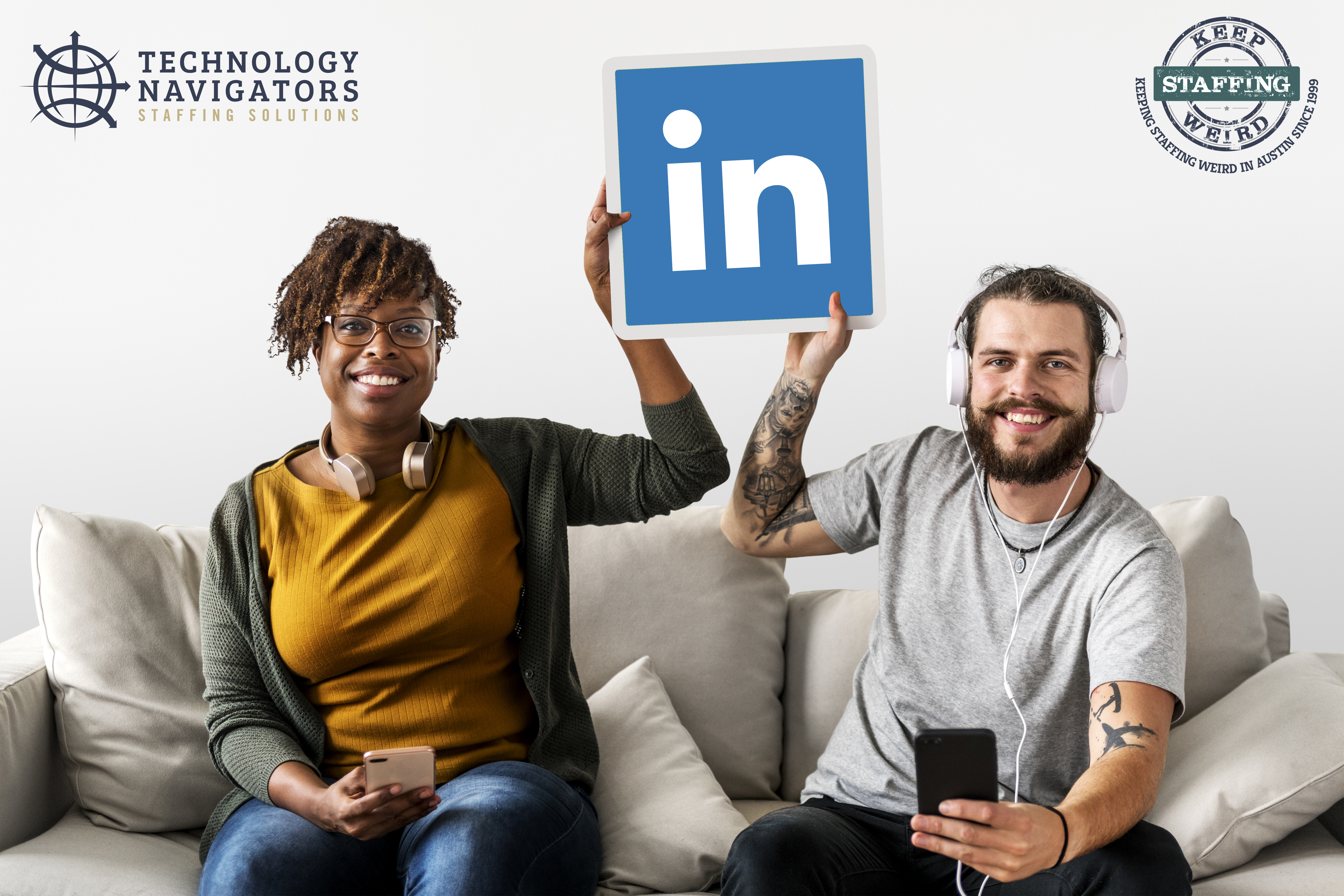
LinkedIn CEO Jeff Weiner is asking the site’s 645 million members, who represent predominantly professional knowledge workers, to reach out and connect with someone beyond their peer group to expand career opportunities for those with weaker networks or no network at all.
Weiner outlined the company’s initiative to help close employment opportunity gaps last week at the LinkedIn Talent Connect 2019 conference for recruiting and HR professionals.
“Networks are powerful tools to help advance your career,” he said. “Professional connections and relationships become incredibly valuable. LinkedIn data show that when you have at least one connection at a company, you are six times more likely to get a job there, and if you ask for a referral for the job, you are nine times more likely to get the job. That’s a game changer.”
Turn a Vicious Cycle Virtuous
Weiner explained that the people with the strongest professional networks tend to have grown up in high-income neighborhoods, attended a top university and work at sought-after organizations.
“But what if you have the aptitude, the skills, the grit and passion—you’re exactly who organizations want to hire—but didn’t grow up in a high-income neighborhood, go to a top school or work for a top company? That’s the network gap.”
And it’s largely self-perpetuating. Those with strong professional relationships can tap them for career advancement, while those lacking connections lack access, making it more difficult to find better opportunities.
Weiner said creating opportunities for those with the right skill sets but not the right relationships will move them along into positions of influence, where they can then create more opportunities for their connections, turning a vicious cycle virtuous.
Products, Programs, People
Weiner laid out different approaches LinkedIn is taking to help close the network gap.
First, the site known for encouraging connections only among people known to one another is “thinking about redefining what a connection means on LinkedIn.” He said that it could be possible for members who signal that they are interested in “mentoring, advising, opening doors,” to be connected with students at community colleges or involved in nonprofit organizations like the Boys and Girls Clubs of America.
Another solution is employer investment in people from nontraditional backgrounds. LinkedIn has apprenticeship programs in engineering, sales and recruiting. “We are creating opportunities for technology careers where you don’t necessarily need a four-year degree as long as you have some basic boot camp experience,” he said.
Then there’s individual action. “Every single one of us is capable of making a difference in closing the network gap,” he said.
That’s where the Plus One Pledge to share “time, talent and connections with people outside your network who may not have access to the same connections and resources you do” comes into play.
Weiner recounted how LinkedIn head of social impact Meg Garlinghouse shared her personal inspiration to help a person from outside her network from the Talent Connect stage last year. A young woman in the audience named Britney took her up on her offer and approached her. After talking, Garlinghouse used her connections to open some doors and Britney is now working in her dream job at the Obama Foundation.
“This was eye-opening for Meg, a lightbulb went off,” Weiner said. In January, Garlinghouse encouraged the employees at LinkedIn to commit to help one person from outside their network—to make an introduction or provide mentorship.
“The response was overwhelmingly positive,” Weiner said. About 60 percent of the company’s global workforce—9,000 people—has already committed to the pledge.
He concluded by pointing out that if just 10 percent of the workers from the companies represented by recruiting and HR professionals at Talent Connect extended an invitation to connect to just one person, about 1.4 million people would be affected.
“That’s creating a movement,” he said.
View original article here.

